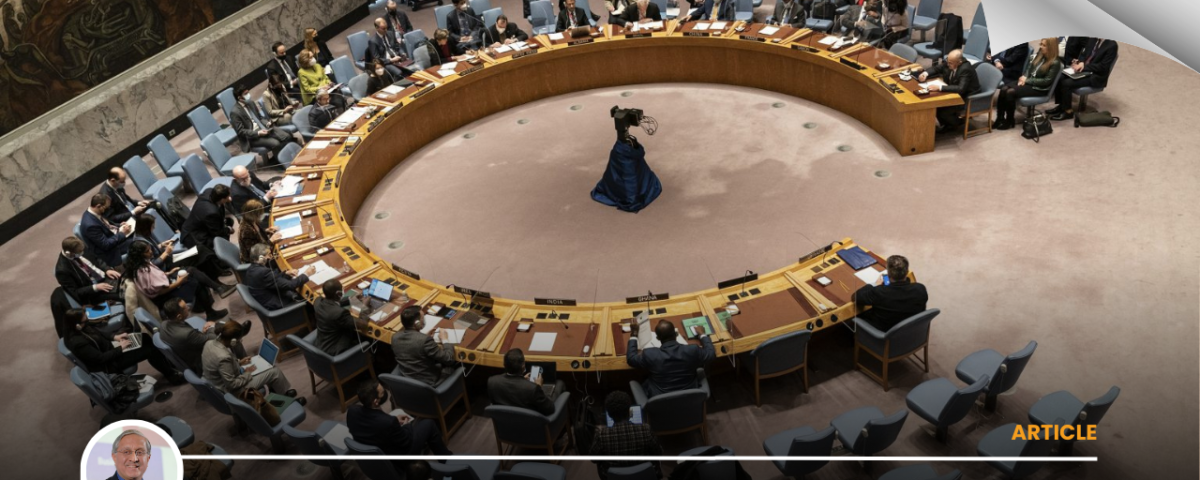Email: rgopal@themindworks.me
(*The writer is a best-selling author and corporate advisor. His latest book is titled “Wisdom for startups from grownups”. He was Director of Tata Sons and Vice Chairman of Hindustan Unilever).
By their nature, the problems that top managers and leaders are required to solve are foggy and unclear very often. In their pursuit of efficiency, managers sometimes lose effectiveness. Are efficiency and effectiveness different?
The code of an efficient organization is:
- You work on things you understand quite well
- You plan in detail and review actions against that plan
- You impose a process and responsibility
- You expect completion as per an agreed timetable
- You would throw resources to accomplish the tasks
The code of an effective organization is:
- You work on things you don’t quite understand
- You find it difficult to plan in any detail as the way forward is unclear
- You try out approaches and adjust your plans flexibly
- You expect progress, but are not sure of completion
- You must generate new options continuously, not just place more resources
Leaders cannot choose whether to be efficient or effective, they must strive for both. Since effectiveness is essential, they might choose a path which is inefficient to accomplish the task.
Why does the fly go around in circles?
The most efficient path between two points is the straight line. Why does the common housefly approach its goal in a spiraling circle as it approaches its destination? Given its eye and body structure, the fly must adapt itself to reach its goal in a way that is effective, even though it is not an efficient way.
The fly has two eyes, which are so large that they cover most of its head. The fly can simultaneously see up, down, forward, and backward. Each of the fly’s eyes is made up of about 2,000 tiny, hexagonally packed lenses. No two lenses point in the same direction. Not only that, but each lens also operates quite independently of the others.
The consequence of this 360-degree vision is that a fly-eye view of the world is highly fractured; the fly cannot easily adjust for distance or see detailed patterns and shapes. Hence the fly has no sharp vision. Everything it sees appears blurred. The fly has what the biologist calls a compound eye; humans have a simple eye.
The human eye sees one large image; the fly sees tiny images in each of its several thousand lenses. As the fly approaches an object, the image shifts slightly in each facet. To hold its vision of the object in a constant position, the fly must adjust its whole body. At each turn of its body, the fly is closer to the object, so the radius of the circle of approach progressively becomes smaller and smaller. If one plots the approach path of the fly, it will resemble a coil or a spiral with a decreasing radius.
Maybe this applies to organizations as well.
Organisations have compound eyes
When people are thinking, there is bound to be a diversity of views. An organization is the total of these diverse viewpoints. Differing viewpoints lead to differing agendas and these naturally serve as a source of potential conflict among people. This can impede or sour relationships of the actors and players.
A further complexity comes from the fact that people in the organization may or may not express their genuine view in the formal forum or meeting. If the view expressed at the table is different from the real view that the person holds, there is a further increase in the complexity. That is why any organization, which has a truly compound eye, has a very complex agenda.
Like the fly, the anatomy of the organization’s eye prevents a sharp vision from guiding the movement of the organization. The lack of sharp vision prevents it from moving in a straight line, the efficient path. The organization assesses its distance from a goal, makes a move, reassesses its distance from the goal, adjusts its body again and keeps repeating this till it reaches the goal: just like the fly.
Of course, it is the paramount role of leadership to sharpen the organization’s vision, but that does not happen with efficiency. The leader cannot drive the organization to move in a straight line to what he thinks is its logical solution. In fact, it would be probably correct to state that while solving complex issues, going around in circles is the more common mode of functioning because it is effective. The more complex the problem, the more likely it is that the effective solution will require the leadership to move in circles rather than straight.
The English moralist, Samuel Johnson, perceived the world as a “tangled, teeming jungle of plots, follies, vanities, and egoistic passions in which anyone—the innocent and virtuous no less than the vicious—is likely to be ambushed”. That is why we need to accept the reality that the human mind is “a noisy parliament of competing factions”. Yet, all our training tells us to plan for efficient outcomes and expect the organization to move along a straight line.
The greatest source of employees’ exasperation about their company is that its ‘leaders do not seem to do what is obvious.’



